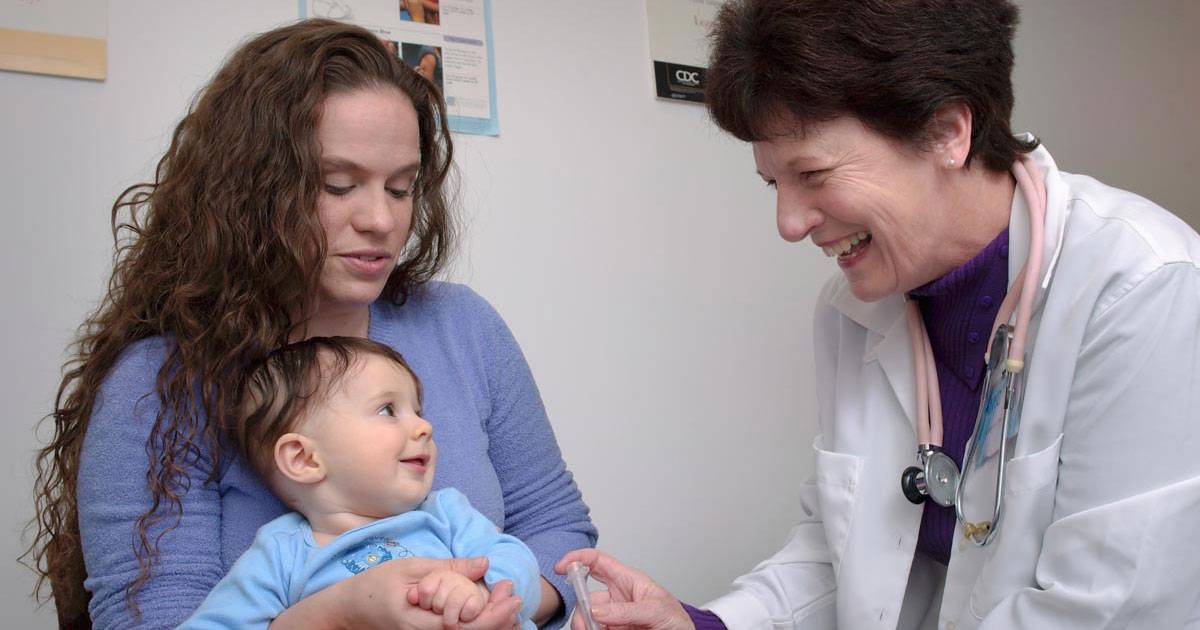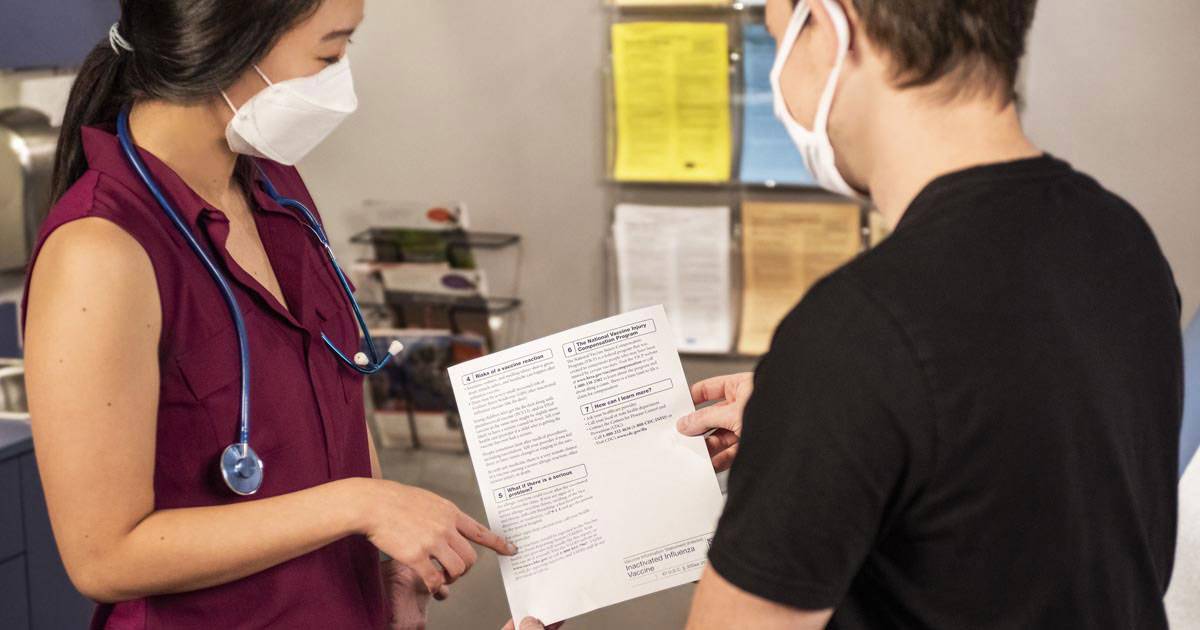With technology taking over most of our everyday lives, are your children’s eyesight still okay?
Kids today no longer play outside with other kids. Now, they spend more time with an iPad or a smartphone. And now with the COVID-19 pandemic still ongoing, screen time further increases as online classes are the only solution to postponed classroom learning. This is on top of doing their research, homework, and leisure time by watching YouTube and Netflix and online gaming.
Studies have shown that most children are already exposed to mobile devices by the age of four and can independently use them. This kind of exposure, however, can greatly damage your children’s eyesight. Some other common eye disorders may arise from too much exposure to screens:
- Astigmatism
- Eyestrain
- Blurring vision
- Dry eye
While we can’t totally exclude the use of devices in this age of technology, it becomes more and more important to take care of our eyes, especially as we devote more time facing the screen. A trip to a credible eye clinic can do wonders to keeping your mind at ease. It’s never too early to get to know the different ENT services available, but proper care is still of the essence.
Here are some tips from medical experts on how to keep a healthy eyesight for your children.
How to keep your kids’ eyes healthy
1. Have them maintain a healthy diet.
 Photo courtesy of Caroline Attwood via Unsplash
Photo courtesy of Caroline Attwood via Unsplash
Many food items contain vitamins and nutrients that can help reduce the risk of eye problems even at a young age. Among the nutrients your children need for a healthy eyesight include:
- omega-3 fatty acids,
- zeaxanthin,
- lutein, and
- beta carotene.
Fish like salmon and tuna, mackerel, trout, sardines, and anchovies contain omega-3 fatty acids that can help improve one’s eye health. Fish oil has been found to reverse dry eye, which is commonly caused by spending too much time in front of a computer screen.
Leafy green vegetables are also a good source of nutrients for the eyes. Spinach, kale, and collards are rich in lutein, zeaxanthin, and eye-friendly vitamin C. Carrots, meanwhile, are rich in vitamin E, which plays an important role in vision. It contains rhodopsin, a nutrient that helps the retina absorb light.
If you’re looking for snacks that kids can eat while keeping their eye health in mind, you can give them nuts like walnuts, cashews, and peanuts. Peanuts contain high levels of vitamin E that can protect the eyes from age-related damage.
Eggs can also help reduce the risk of sight loss due to age as they are good sources of vitamins C and E, and zinc.
2. Make sure they get enough sleep.
 Photo courtesy of Brett Durfee via Unsplash
Photo courtesy of Brett Durfee via Unsplash
Ever notice how your eyes hurt whenever you don’t get enough sleep during the night? It can happen to your kids, too. Sleep deprivation can cause eye spasms and twitching throughout the day. This can affect your kids’ concentration during learning sessions — it’ll make them feel more tired, too.
Lack of sleep can also cause eye strain and dry eyes. So it is important to get enough sleep to help recharge your kids’ eyes after a productive day of schooling and playing.
The chart below shows the sleep requirements of a child based on age.
| Age Group | Recommended Hours of Sleep Per Day | |
|---|---|---|
| Toddler | 1–2 years | 11–14 (including naps) |
| Preschool | 3–5 years | 10–13 (including naps) |
| School Age | 6–12 years | 9–12 |
Before your kids head to sleep, it’s important for parents to prevent them from using their smartphones and gaming devices. These digital devices contain blue light that may contribute to them having a hard time sleeping. Blue light, in nature, only comes from the sun, making our eyes think it’s daytime if your kids are still on their phones during bedtime.
Dark rooms and bright screens also don’t go well together. This combination leaves your kids prone to eye strain. If possible, use the night shift mode or dark mode of your kids’ smartphones if you really can’t stop them from using their phones before going to bed.
3. Practice no-screen hours.
 Photo courtesy of Alexander Dummer via Unsplash
Photo courtesy of Alexander Dummer via Unsplash
If you notice your kids rubbing their eyes while doing their school work or even while playing with tablets or smartphones, it’s probably because they’re getting tired. Too much screen time can cause dry eyes, irritability, and even headaches, and eventually, blurred vision.
It is important to give them tech breaks from time to time to allow their eyes to rest.
To prevent further blurring of one’s vision due to screen time, take occasional breaks from the screen to rest your kids’ eyes. Keep them entertained by sharing stories or a snack with them. To resist temptation, it would be better to place the phones or tablets in a place they won’t find them.
As parents, it’ll be better if you provide limited screen time for kids especially if they’re not school-related. While your kids probably do not understand the conditions that come with technology, your job is to protect their eyes from damage.
4. Practice eye exercises.
 Photo courtesy of Kelly Sikkema via Unsplash
Photo courtesy of Kelly Sikkema via Unsplash
Your kids’ eyes pretty much work most of the time. With school in the morning, playing in the afternoon, and leisure watching at night — their eyes can easily get tired and irritated. Apart from taking screen breaks and limiting screen time, there are certain eye exercises that can help improve eye health and prevent eye strain.
There’s a method called the 20-20-20 rule. For every twenty minutes in front of the computer, your kids need to look at something 20 feet away for 20 seconds to give their eyes a break. You can also teach your kids to blink more often while they’re facing the screen to avoid the possibility of dry eyes.
Another exercise is focus change where you can place a finger near your kids eyes so they can focus on it. The challenge here is while the finger moves away, they have to hold their focus on it and look away for a moment.
Another exercise is the figure eight. It’s a method where your kids can pick a point on the floor and trace an imaginary figure eight with their eyes. Ask them to do this for 30 seconds in both directions.
In keeping your kids eyes’ health in check, it is important to have regular consultations with an eye doctor to ensure your kids still have 20/20 vision. With regular checkups, you’ll be able to see if your kids need prescription glasses.
Want to know more about your kids’ eye health? Check out Maayo Well’s services and consult a doctor today!


























Leave a Reply